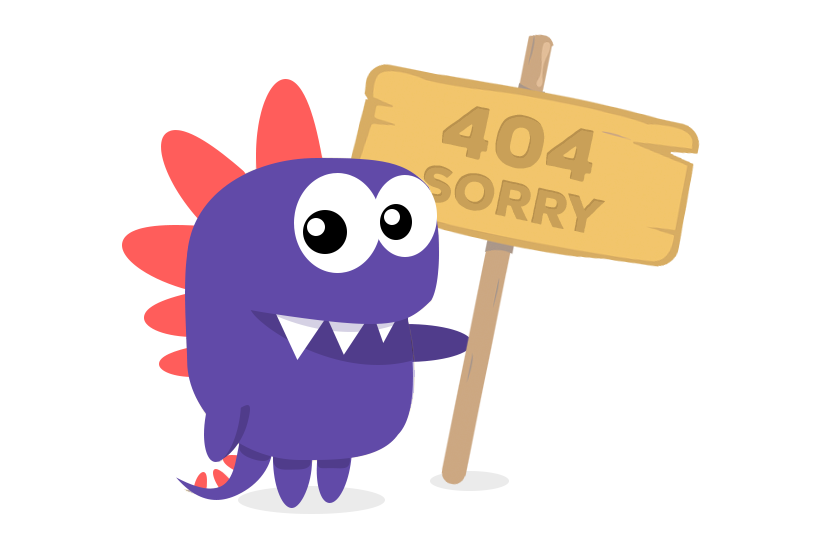As the national news media has reported, three of the Big Four wireless carriers are engaging in Unlimited Data Plan throttling, ostensibly as an effort to free up network bandwidth. Going from lightest to harshest, T-Mobile is very transparently throttling over 5GB of data used, which corresponds to a very small portion of users. Verizon Wireless and AT&T, on the other hand, are utilizing active throttling techniques aimed at the top 5% (in terms of the amount of data used) of unlimited customers. Verizon Wireless will reduce speeds as minimally as possible, for as little time as possible based on geographic network load. AT&T will heavily throttle back for the remainder of a billing cycle based, similarly, on geographic network load.
The question remains, however, why throttling is necessary at all. In other words, are the carriers throttling because of wild and crazy unlimited users hogging enormous bandwidth or are the carriers throttling as essentially a tactic to get grandfathered unlimited users to hurry up and switch to tiered data plans?
As you can see from the graph below, extracted from a sample of over 55,000 2011 cell bills, this does not appear to be an issue of data hogging. When we look at the Top 5% of data users, there is virtually no difference in data consumption between those on unlimited and those on tiered plans—and yet the unlimited consumers are the ones at risk of getting their service turned off. So it’s curious that anyone would think the throttling here represents a serious effort at alleviating network bandwidth issues. After all, Sprint gets by fine maintaining non-throttled unlimited data to its customers.



Comment